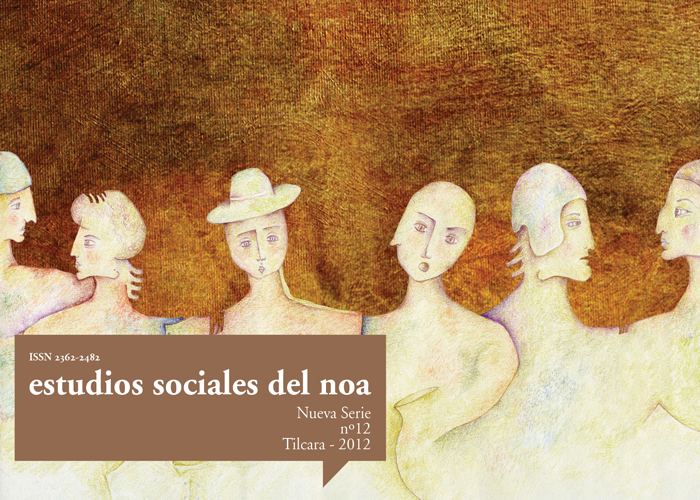Bajo los médanos: paisaje funerario y tradiciones compartidas al sur de los Valles Calchaquíes, primer milenio de la Era
Abstract
This paper is aimed at discussing a funerary context dated to ca. 1900 years BP coming from a big cemetery area emplaced in a sand dune in La Quebrada locality, southern Cajón valley. The observed recurrence in the disposition of the dead in sand dunes during pre-Hispanic times, as well as some possible implications of this practice are explored from a theoretical and methodological framework that considers landscape as the result of dwelling activities. The combination of an embodied perception with other analytical tools allows inquiring into the role of the dead in the construction of the landscape and the reordering of everyday paths. As a result, it is argued that the sensorial character of certain matters was one of the resources used to define the funerary sphere within the practice of dwelling during the Formative Period in the southern Calchaquíes valleys.Downloads
Authors who publish in this journal accept the following conditions:
- The authors or translators retain the copyright and assign to the journal the right of first publication, with the work registered under the Creative Commons Attribution-NonCommercial-ShareAlike 4.0 International, which allows third parties to use what published as long as they mention the authorship of the work and the first publication in this journal.
- Authors may enter into other independent and additional contractual agreements for the non-exclusive distribution of the version of the article published in ESNOA (eg, include it in an institutional repository or publish it in a book) as long as they clearly indicate that the work was first published in this journal.












